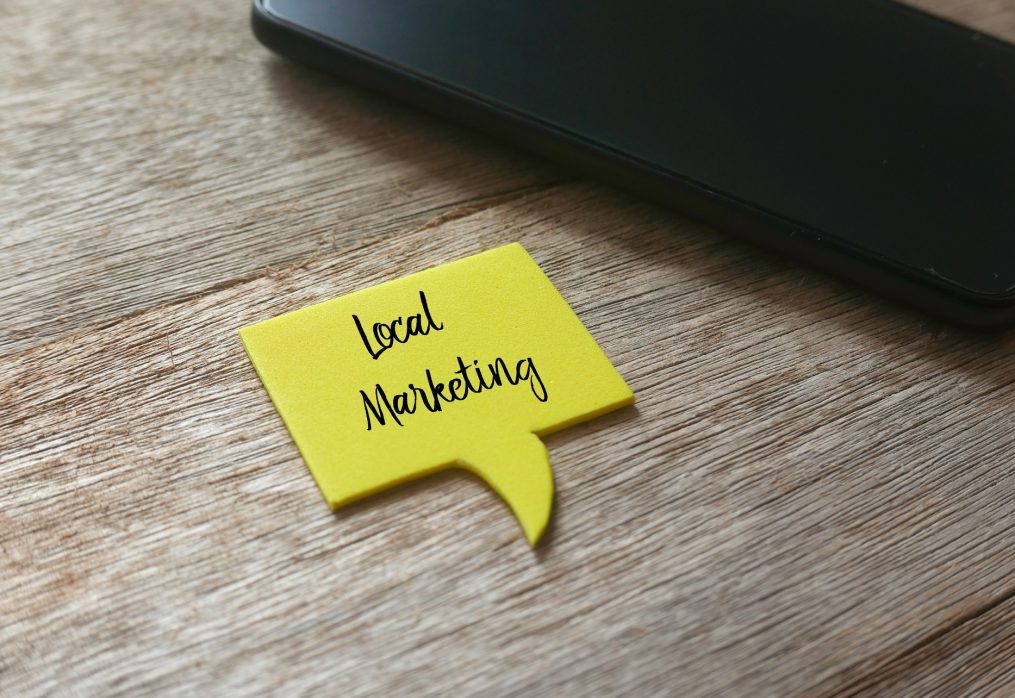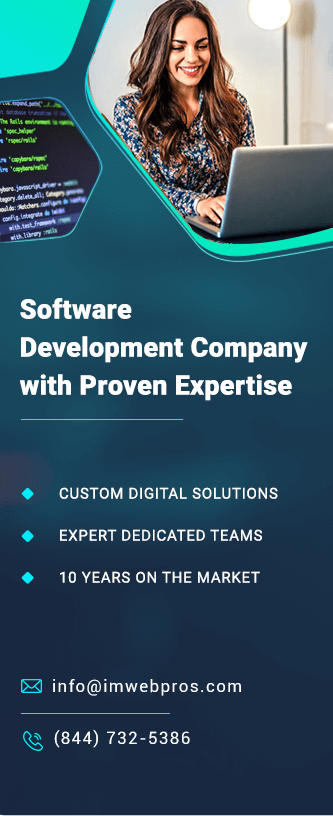Best Way to Advertise Your Business Locally
In today’s competitive marketplace, local businesses must employ strategic advertising techniques to stand out and attract customers. While the digital landscape offers vast opportunities for global reach, focusing on local advertising is equally crucial, especially for small to medium-sized enterprises. This blog will explore the best ways to advertise your business locally and how marketing & sales automation can be a game-changer in your advertising strategy.
Understanding the Importance of Local Advertising
Local advertising is all about targeting potential customers within a specific geographical area. Whether you’re a retail store, restaurant, or service provider, reaching the local audience is key to driving foot traffic and increasing sales. By effectively advertising locally, you can:
- Build brand awareness in your community
- Attract new customers who prefer shopping locally
- Encourage repeat business from existing customers
- Strengthen your reputation and presence in the area
Best Ways to Advertise Locally
Here are some proven methods to help you advertise your business locally:
1. Leverage Social Media Platforms
Social media platforms like Facebook, Instagram, and Twitter are powerful tools for local advertising. They allow you to target ads based on location, interests, and demographics. Engage with your local community by posting regularly, responding to comments, and sharing content that resonates with your audience. For more advanced strategies, consider integrating marketing & sales automation into your social media efforts.
2. Optimize Your Google My Business Listing
Google My Business (GMB) is an essential tool for local businesses. A well-optimized GMB listing increases your chances of appearing in local search results, especially in the “Local Pack” on Google. Ensure your business information is accurate, add high-quality photos, and encourage customers to leave reviews. For help with improving your visibility, consider our Search Engine Optimization (SEO) services.
3. Participate in Local Events and Sponsorships
Getting involved in local events, fairs, and sponsorships can significantly boost your brand visibility. Whether it’s sponsoring a local sports team or participating in a community event, these activities help you connect with local customers on a personal level and show your commitment to the community.
4. Use Local Print Media
While digital advertising is on the rise, local print media like newspapers, magazines, and flyers still hold value. Consider placing ads in local publications that are popular with your target audience. Distributing flyers in nearby neighborhoods can also be an effective way to spread the word about your business. For tailored content to use in print and digital media, explore our Content Marketing services.
5. Implement Marketing & Sales Automation
Marketing & sales automation can streamline your local advertising efforts by automating repetitive tasks like email campaigns, social media posting, and customer follow-ups. Tools like CRM systems, email marketing software, and automated advertising platforms can save you time and ensure consistent communication with your local audience. Learn more about our Marketing & Sales Automation services to enhance your local advertising strategy.
The Role of Marketing & Sales Automation in Local Advertising
As mentioned earlier, marketing & sales automation plays a crucial role in enhancing your local advertising strategy. Here’s how:
- Personalization: Automation tools allow you to segment your audience based on location and preferences, enabling personalized communication that resonates with your local customers.
- Efficiency: Automating tasks like social media posts, emails, and follow-ups saves time and ensures consistency, allowing you to focus on other aspects of your business.
- Analytics: With automation tools, you can track the performance of your local advertising campaigns in real-time, making data-driven decisions to optimize your strategy.
Conclusion
Advertising your business locally requires a strategic approach that combines traditional and digital methods. By leveraging social media, optimizing your Google My Business listing, participating in local events, using local print media, and implementing marketing & sales automation, you can effectively reach your local audience and grow your business.
For professional help with your marketing efforts, check out our services:


